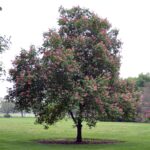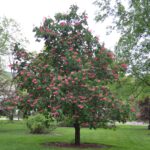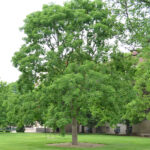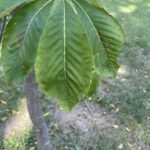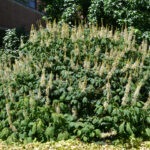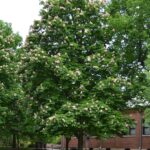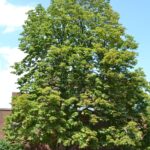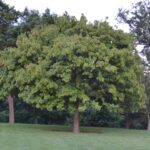Flower Notes:
Pink (6-8" long panicles of yellow-throated pink flowers in spring)
Foliage Notes:
Green (Lustrous, dark green summer foliage); Brown (Brown fall foliage)
Fruit Notes:
Brown (Round brown capsules in the fall; poisonous)
Soil Notes:
Prefers acidic, well-drained soil
Diagnostic Characteristics:
Often slightly recurved and twisted, the opposite, palmately compound leaves have 5-leaflets (occasionally 7). No pubescence under leaf (although petiolules have slight pubescence). Terminal buds not sticky, nor as large, as in Aesculus hippocastanum.
